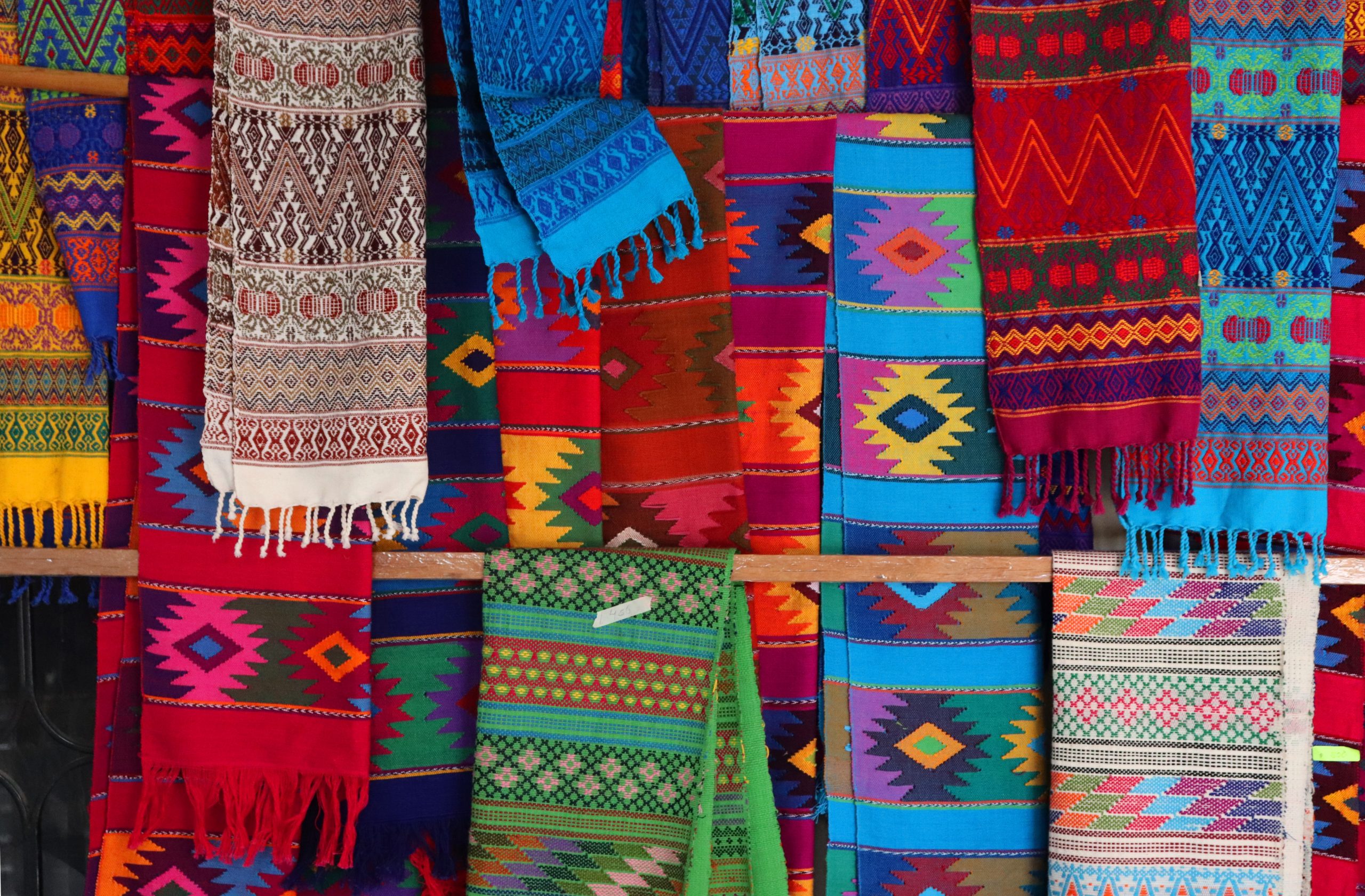Flying into the small airport of Oaxaca (pronounced wah-HAH-kah), Mexico, I noticed the patchwork of farm fields covering the landscape. I travelled to Oaxaca during the warm Christmas season when the temperature averages around 81 degrees Fahrenheit. The people of Oaxaca are proud of their heritage and work hard to protect the fashion, craftsmanship, and foods native to this region.
During my visit, I was overwhelmed with the diversity of activities and culture of this unique city. Oaxaca is one of the most biologically diverse states of Mexico, with more than 50 percent of all species in Mexico staking a claim there. It is famous for its seven classic varieties of mole, particularly mole negro. If you are feeling adventurous, try one of the city’s most ubiquitous snacks—grasshoppers; “chapulines” are salty, crunchy, and drizzled with a bit of lime.
Carefully planning out your modes of transportation in Oaxaca is a must. I would not recommend renting your own vehicle and trying to navigate the hectic streets yourself. It is best to use a variety of transportation methods such as taxis, public transportation, and even tour buses during your visit. Additionally, pack some good walking shoes for strolls downtown and hikes in the outer regions.
Here are four must-see destinations that will help you to appreciate the unique culture, rich history, and marvelous landscapes of Oaxaca.
Templo de Santo Domingo
In the heart of Oaxaca stands the church and former monastery known as the Templo de Santo Domingo. The church is a Baroque ecclesiastical building complex. It includes a substantial sanctuary and an extensive system of courtyards, cloisters, and rooms that constituted the monastery. As its name implies, the church and monastery were founded by the Dominican order. From the entrance of the church, the ceiling shows the family tree of the order’s founder. The highly decorated interior is wrought with more than 60,000 sheets of 23.5-karat gold leaf. In addition to the church and monastery, you can also explore the accompanying museum full of pre-Columbian artifacts.
Jardín Etnobotánico de Oaxaca
Just behind the Templo de Santo Domingo is the church’s former monastery garden, now the Jardín Etnobotánico de Oaxaca, an exceptional ethnobotanical garden which occupies 2.32 acres of land. Each tree and plant in the garden is original to Oaxaca. The garden tells a story about the cultural and artistic traditions of Oaxaca and its place in the natural history of Mexico, making it a must-visit for visitors and residents alike. You can learn about the history and management of the garden as well as the significance and practical uses of many of the plants held within it. Tours, which last one to two hours, depending on the language, are required and available in Spanish, English, French, and German. The guides are passionate and knowledgeable.
Monte Albán
Monte Albán is a large pre-Columbian archaeological site in the Santa Cruz Xoxocotlán Municipality of Oaxaca. It is located on a low mountainous range rising above the plain in the central section of the Valley of Oaxaca, approximately nine kilometers (six miles) west of Oaxaca City. It is characterized by several hundred artificial terraces and a dozen clusters of mounded architecture covering the entire ridgeline and surrounding area. Monte Albán is one of the earliest cities of Mesoamerica. Its importance stems from its role as the preeminent Zapotec sociopolitical and economic center for close to a thousand years. Plan to spend at least an hour at this site.
Hierve el Agua
Located about 70 kilometers (43.5 miles) east of Oaxaca city, past Mitla, is Hierve el Agua. Here you can find two stunning petrified waterfalls, the result of centuries of calcium-rich flowing springs that are now literally set in stone. If you are up to the challenge, make the strenuous, 280-step hike to the large waterfall. It is well worth the effort! The large waterfall offers a phenomenal panoramic vista of the valley. Adding to the magic are two spring-fed manmade infinity pools set into the rock. These pools are great for swimming and are a favorite retreat for the locals. The pools overlook the blue-green mountains beyond. Plan to spend two to four hours here to really enjoy all this site has to offer.
—Merrie Kay Ames





